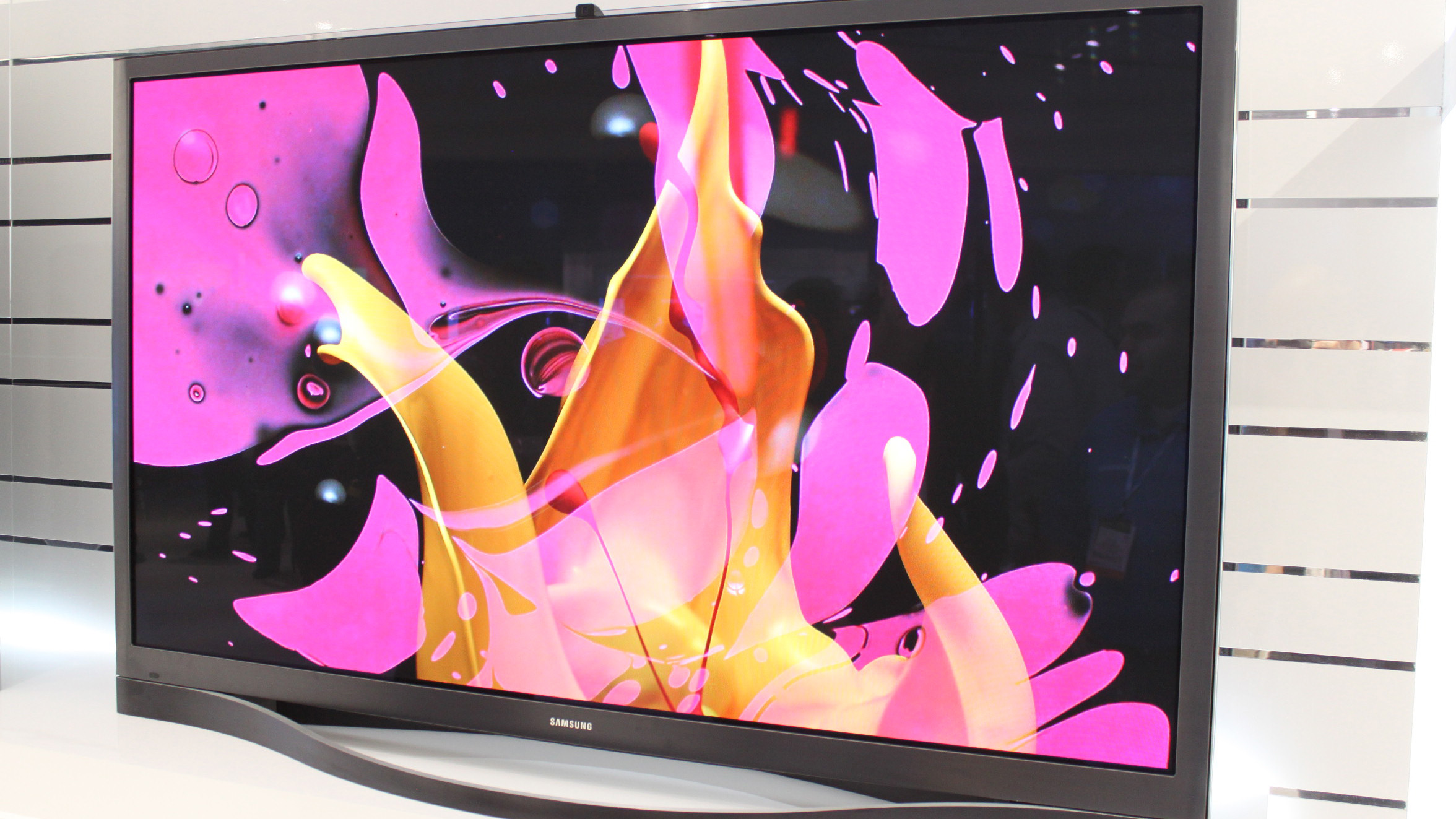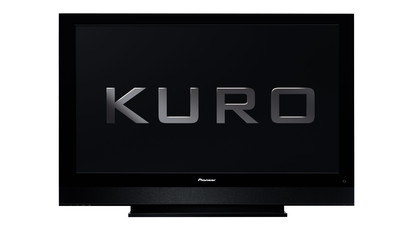Bye bye plasma: is this the end for the original flat TV tech?
Should we mourn its passing?

Bars and restaurants often say they have 'plasma screens', but times have changed - look at the TVs up close and you'll find that the majority are not plasmas at all, but LCD TVs.
The liquid crystal display has taken over, not only in pubs, but in living rooms, offices and shopping centres. It dominates big and small screens, from smartphones and tablets to netbooks and desktop monitors. In fact, such is plasma's demise that the only place you're likely to see a plasma TV is in the home of … someone who's done their research – and on picture as well as price.
Sure, fancy new innovations like OLED will definitely takeover in the long-run, but for now, plasma – contrary to popular belief – is still the best TV tech we have.
The first-ever flat (ish) 42-inch TVs from Pioneer and Fujitsu in the late 1990s were plasmas, and until the arrival in the mid-Noughties of LCD technology plasma was the only widely available flat TV tech. Until just a few years ago the term 'plasma' was the colloquial term for any flat telly.
Domination of LCD
How things have changed since this writer worked on What Plasma? magazine eight years ago. Such is the domination of LCD panels that we're not surprised Panasonic, the company with the world's largest plasma panel-making factories – in Japan – is now thinking of exiting the plasma (and possibly TV) market.
Barely one in ten TVs sold are plasmas, a figure that's remained constant for a few years now. A story last year suggested that all was not well with its plasma-dominated large-screen display operations, and that iPad screens were the way forward. Plasma panels just don't get that small; the smallest plasmas we've ever seen were 32-inch TVs from Hitachi and LG a few years ago, and mostly it's found on 42-inch+ screens – and even 152-inch whoppers.

Although it would be naïve to suggest that the way forward is in producing more of its own – and truly stunning – 4k OLED panels, not yet, there are other clues to Panasonic's intentions in what's happened to its own technology, Active Shutter 3D.
Sign up for breaking news, reviews, opinion, top tech deals, and more.
The failure of this technology to catch-on in the mass-market has led to a critical decision in 2013, with all of Panasonic's new 3D-ready LCD TVs use the FPR or 'passive' 3D technology popularised by LG. In short, despite its massive panel-making operations it's been forced to source LCD panels from LG.
However, at an event in Nice in February, Panasonic once again made a fuss of its beloved plasma tech, claiming that plasma is still the best for watching sports and movies. A month earlier at the CES 2013, a similar treatment was given to its ZT60 Series, which was heralded as 'Beyond Reference'.
A Panasonic booth attendant even said to us: "LED TVs can outsell plasmas as much as they want – there's no way we're giving up on the best picture tech."

Best picture tech
You could argue that sentiments like that are really about vested interest and finance; having built huge plasma manufacturing plants, Panasonic needs to shift units, or close them. However, that claim about the 'best picture tech' is dead right: plasma is superior to LCD TV, LED-backlighting 'n' all. Plasmas produce a picture that's more colourful, natural, smoother, blacker and simply … better.
It copes with fast-moving scenes without blurring, and shows more detail in dark areas of images. It's also cheaper, with 42-inch plasmas like the Panasonic TX-P42X50B now selling for less than £300. And for anyone after the best-ever TV, you need look no further than whatever happens to be Panasonic's flagship plasma TV – currently the Panasonic TX-P50VT50B. Panasonic's current plasma tech is a grandson of Kuro, an ultra-black plasma technology developed by Pioneer until 2008 and still mourned by home cinema aficionados – the real losers if plasma does disappear.

Jamie is a freelance tech, travel and space journalist based in the UK. He’s been writing regularly for Techradar since it was launched in 2008 and also writes regularly for Forbes, The Telegraph, the South China Morning Post, Sky & Telescope and the Sky At Night magazine as well as other Future titles T3, Digital Camera World, All About Space and Space.com. He also edits two of his own websites, TravGear.com and WhenIsTheNextEclipse.com that reflect his obsession with travel gear and solar eclipse travel. He is the author of A Stargazing Program For Beginners (Springer, 2015),